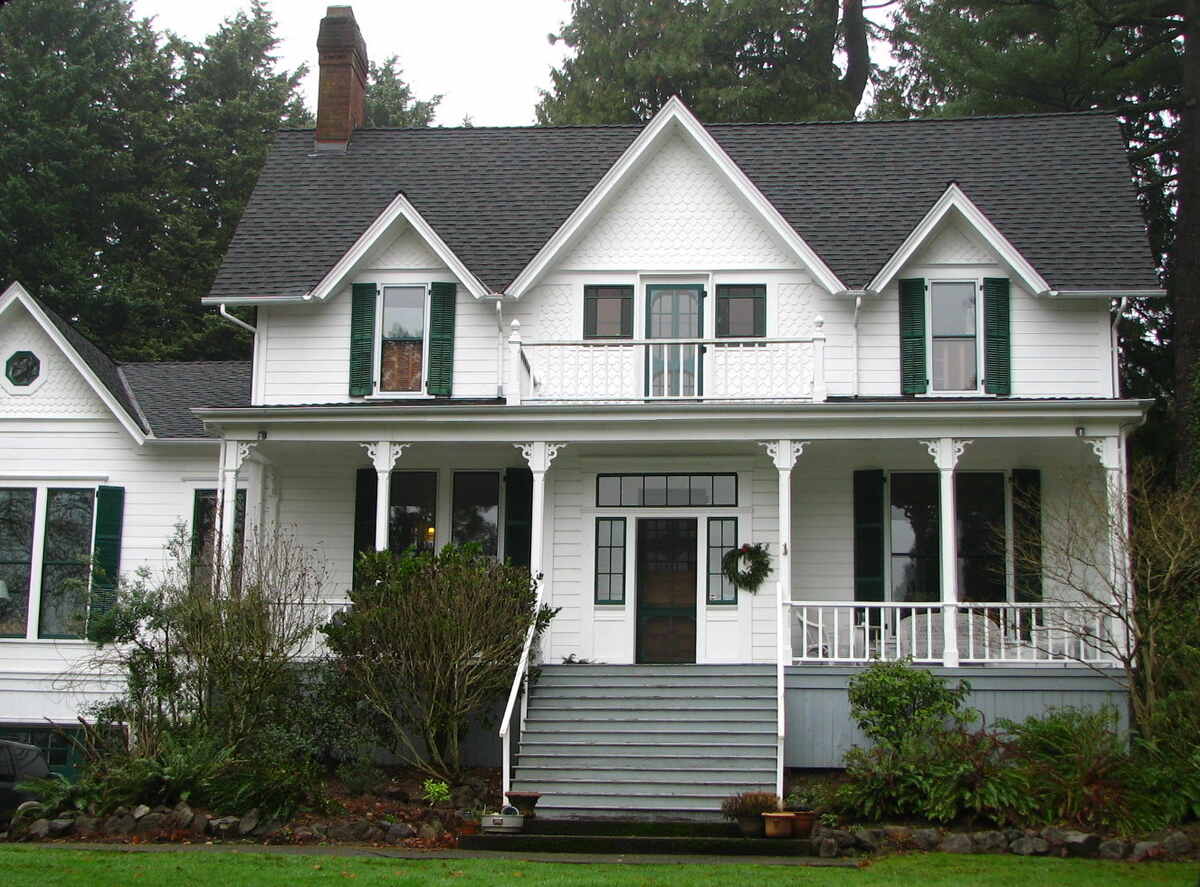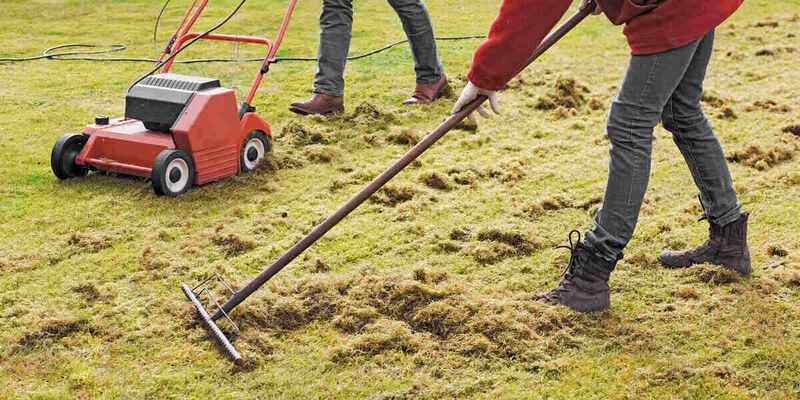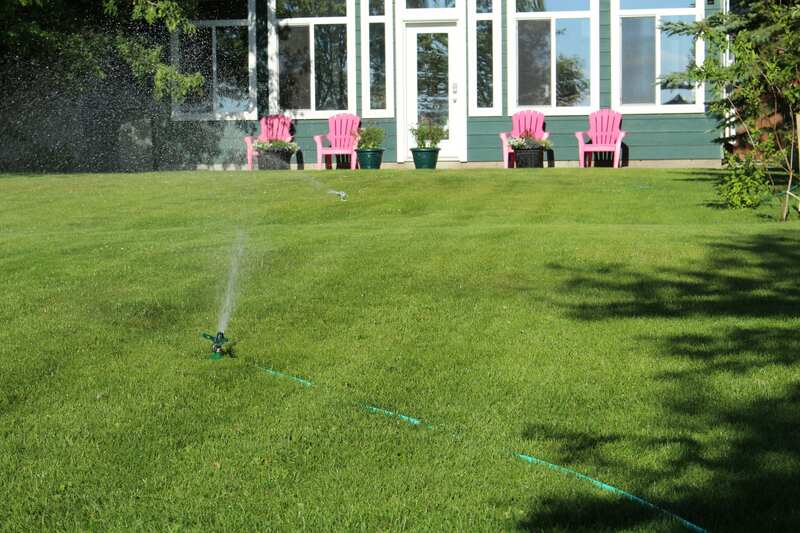
Winter temperatures last a long time in Portland, Oregon. Come spring, your lawn will need attention. As the dirt becomes spongy, the plants grow tender, and the weather more volatile, it’s important to be gentle with your lawn. Here are some 4 spring lawn care tips to keep in mind.
1. Get Your Lawn Ready
Avoid heavy yard work until the dirt dries out in your yard. This is because raking and heavy foot traffic can disturb the soil and damage new grass shoots.
When the soil is thoroughly dry, rake it, which will prevent pests and diseases and encourage growth. A good process is to rake up any leaves and debris, work gently on the grass, and separate the new grass shoots.
Since it snows heavily in Portland, the grass gets smothered and allows snow mold to grow. When the weather warms up, you should redistribute any piles of snow so they melt faster.
2. Know When Your Lawn Needs Dethatching

To see if your lawn needs to be dethatched, pull up a 2 inches by 2 inches square of your turf. If the brownish tangle of dead looking grass is more than three-quarters of an inch in thickness, then your lawn needs to be dethatched.
You can rent a dethatcher to make the job easier. You should run the dethatcher across the lawn in opposite directions twice. Remove any thatch which is loosened before going in the other direction. You can also use a heavy-duty rake and do it by hand.
See Related:
— What is Thatch?
— 5 Signs Your Lawn Has Excessive Thatch
— When and How to Dethatch Your Lawn
3. Choose Either Seeding or Weeding Your Lawn
When spring finally arrives, you need to choose between seeding your lawn or controlling weeds. If you use a pre-emergent herbicide for weeds, it will also prevent your grass seed from sprouting.
The herbicide works for about 12 weeks, forcing you to skip the spring grass planting season. It needs to be applied just as the forsythia bushes finish blooming. This will keep weeds, such as crabgrass, from growing. Since lawns benefit from weed prevention in the spring, it should be used again in the summer.
If you decide to plant seeds rather than remove weeds, then pay attention to the grass type in your lawn. Portland lawns generally grow cool-season grasses. That’s why grass seed should be planted when the soil temperatures are in the 50s and the air temperature is in the 60s.
Plant as soon as the proper temperatures are reached so the seedlings can establish their root system before winter. It’s actually better in the spring to reseed bare patches and keep the lawn well-watered in the summer.
See Related:
— The Best Grass Types for Portland, Oregon
4. Remember When To Water and Mow

During hot weather, water wisely and allow your grass to go dormant. It will become green again once rain comes. If you don’t want a brown lawn, then only plant grasses which are drought tolerant and water about 1 inch of water a week.
When temperatures are over 80 degrees, you may need to mow your grass only once every two or three weeks. But wait for it to grow over 3 inches tall before mowing. Then mow it often enough so it doesn’t grow more than 3 inches tall. This means it might be mowed every week or sometimes twice a week.
If you neglect to do your spring lawn care, then you may pay for it the rest of the year. Spring chores aren’t nearly as time-consuming as the time it takes to mow all summer.
Read Next:
— Summer Lawn Care Tips for Portland, Oregon
— Fall Lawn Care Tips for Portland, Oregon
Need help preparing your lawn for winter? Visit our Portland lawn care page to get in touch with a professional! In addition to Portland, we provide lawn care services in Northwest cities including Seattle and Spokane.
Main Image Credit: Ian Poellet / Wikimedia Commons / CC BY-SA 3.0